Here’s a handy roundup of some of the new Spring titles adorning our shelves, featuring two works in translation from Wakefield Press, a brand-new installment for all you Struggle fans, and an audacious reinvention of a classic tale.
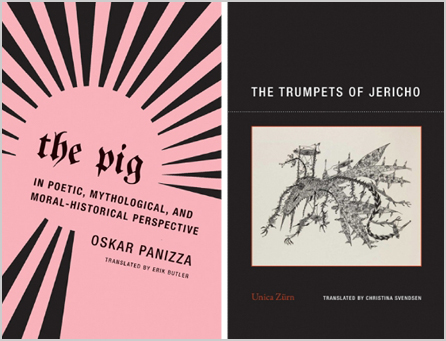
- The Pig In Poetic, Mythological, and Moral-Historical Perspective by Oskar Panizza; translated by Erik Butler
“The Pig is the Sun….” So begins Oskar Panizza’s outrageously heretical and massively erudite essay on the pig, originally published in 1900 in his journal Zurich Discussions. Moving from the Rig Veda to the Edda to Ovid, from the story of Tristan and Isolde to Nordic celebrations of Christmas, from Grimms’ fairytales to Swedish folklore to Judeo-Egyptian dietary restrictions, the author contends, through painstakingly philological argumentation, that the miraculous swine occupies a central, celestial position as the life-giving force animating the entire universe, usurping the place of God as the beginning and end of all things.
- The Trumpets of Jericho by Unica Zürn; translated by Christina Svendsen
This fierce fable of childbirth by German Surrealist Unica Zürn was written after she had already given birth to two children and undergone the self-induced abortion of another in Berlin in the 1950s. Beginning in the relatively straightforward, if disturbing, narrative of a young woman in a tower (with a bat in her hair and ravens for company) engaged in a psychic war with the parasitic son in her belly, The Trumpets of Jericho dissolves into a beautiful nightmare of hypnotic obsession and mythical language, stitched together with anagrams and private ruminations. Arguably Zürn’s most extreme experiment in prose, and never before translated into English, this novella dramatizes the frontiers of the body–its defensive walls as well as its cavities and thresholds–animating a harrowing and painfully honest depiction of motherhood as a breakdown in the distinction between self and other, transposed into the language of darkest fairy tales.
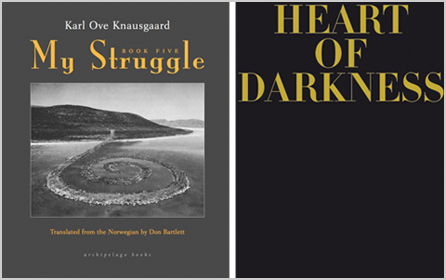
- My Struggle: Book Five by Karl Ove Knausgaard; translated by Don Bartlett
The much-anticipated fifth book of Knausgaard’s powerful My Struggle series is written with tremendous force and sincerity. As a nineteen-year-old, Karl Ove moves to Bergen and invests all of himself in his writing. But his efforts get the opposite effect—he wants it so much that he gets writer’s block. We raved about the first book in this series, and can’t wait to read this penultimate volume.
- Heart of Darkness by Joseph Conrad; a work by Fiona Banner, with photographs by Paolo Pellegrin
For the latest in the Four Corners Familiars series, artist Fiona Banner recasts Joseph Conrad’s novella Heart of Darkness as a luxury magazine with new photographs by Magnum photographer Paolo Pellegrin. First published in 1899, Heart of Darkness is a story of trade and corruption that proceeds from a boat moored on the banks of the Thames into the heart of the Congo. For her new edition, Banner commissioned Pellegrin, a conflict photographer who has worked extensively in the Congo, to photograph London’s financial center, its streets and trading floors, its costumes and strip clubs―the City of London as seen by a veteran war photographer. The collaboration between Banner and Pellegrin emerged from an initial invitation from Peer, London, to work with the collection of the Archive of Modern Conflict; a selection of Pellegrin’s images are now part of the Archive, filed under “Heart of Darkness, 2014.”

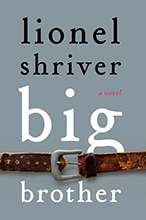 Lionel Shriver’s new novel,
Lionel Shriver’s new novel, 
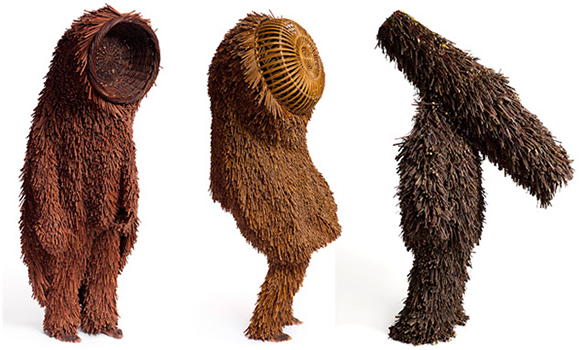
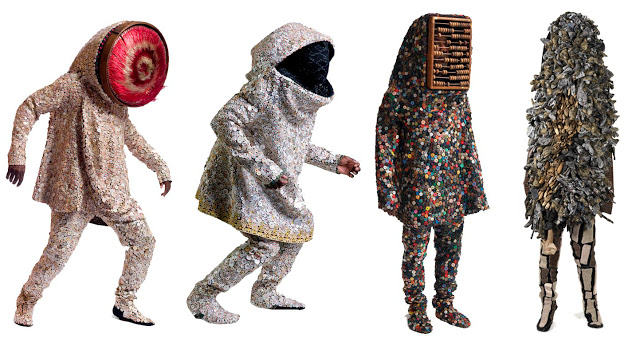
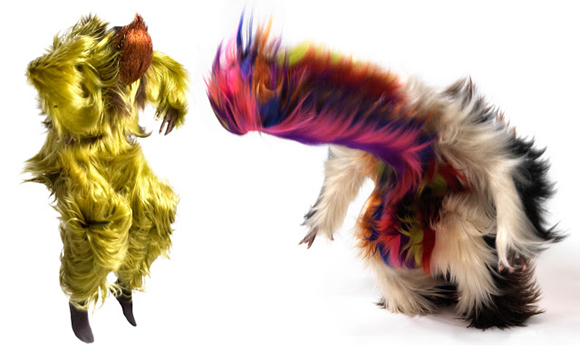
 Oh, that Arctic light, how concisely it delineates the world, with what unprecedented clarity: the sharp, rugged mountains against the clear blue sky, the green of the slopes, the small boats chugging in or out of the harbor, and onboard, the huge codfish from the depths, with their grayish-white skin and yellow eyes staring vacantly, or on the drying racks, where they hung by the thousands, slowly shriveling for later shipment to the southern lands. Everything was as sharp as a knife.
Oh, that Arctic light, how concisely it delineates the world, with what unprecedented clarity: the sharp, rugged mountains against the clear blue sky, the green of the slopes, the small boats chugging in or out of the harbor, and onboard, the huge codfish from the depths, with their grayish-white skin and yellow eyes staring vacantly, or on the drying racks, where they hung by the thousands, slowly shriveling for later shipment to the southern lands. Everything was as sharp as a knife.
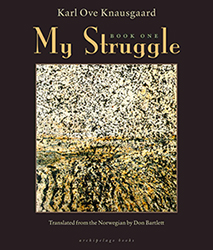 For the heart, life is simple: it beats for as long as it can. Then it stops. Sooner or later, one day, this pounding action will cease of its own accord, and the blood will begin to run towards the body’s lowest point, where it will collect in a small pool, visible from outside as a dark, soft patch on ever whitening skin, as the temperature sinks, the limbs stiffen and the intestines drain.
For the heart, life is simple: it beats for as long as it can. Then it stops. Sooner or later, one day, this pounding action will cease of its own accord, and the blood will begin to run towards the body’s lowest point, where it will collect in a small pool, visible from outside as a dark, soft patch on ever whitening skin, as the temperature sinks, the limbs stiffen and the intestines drain.